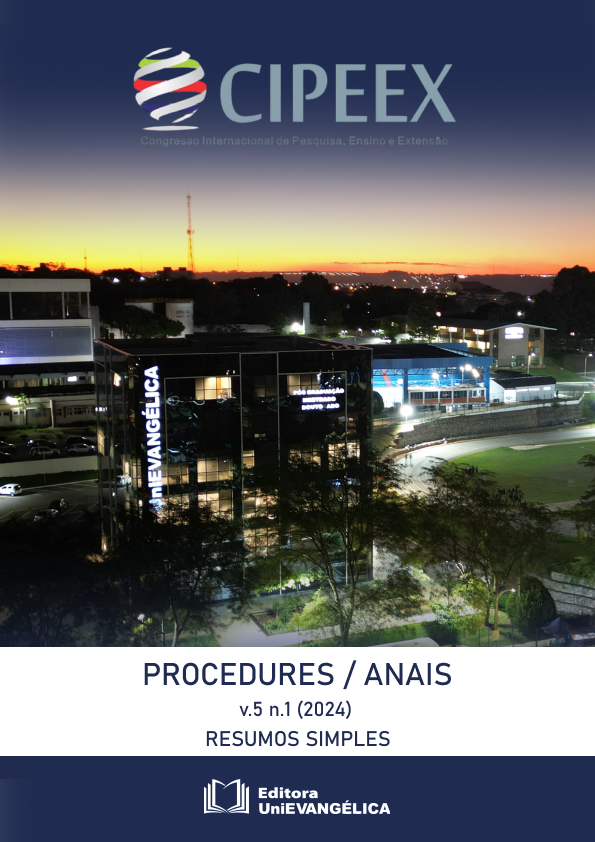APPLICATIONS OF FORENSIC RADIOLOGY IN CRIMINAL INVESTIGATION
Palavras-chave:
forensics, imaging, technology, criminalResumo
Forensic radiology emerged at the end of the 19th century with the initial use of X-rays to detect injuries on bodies, and has since evolved significantly with technological advances. Today, it is deeply integrated into forensic medicine and criminal investigation, using advanced techniques such as radiography, computed tomography (CT) and magnetic resonance imaging (MRI) to provide crucial and detailed evidence in crime investigations. In the forensic context, radiology is fundamental for analyzing injuries, identifying victims and reconstructing events. For example, in the Ninho do Urubu fire in 2019, images of dental arches helped in the rapid identification of the victims. Similarly, in the case of Isabella Nardoni, X-ray examinations were decisive in revealing the injuries suffered by the child and confirming the murder. The Richthofen case also illustrates the importance of Forensic Radiology, where CT revealed specific traumas and the victim's attempt to defend himself by analyzing fractures.The field of Forensic Radiology has advanced with the increasing use of sophisticated imaging techniques and the integration of emerging technologies such as artificial intelligence and big data. These advances have improved the accuracy of image analysis and the identification of evidence. However, the field faces challenges, such as the need to standardize procedures and ensure quality in the interpretation of images. Interdisciplinary collaboration between radiologists, pathologists, coroners and investigators is essential to overcome these challenges and deal with the increasing complexity of cases. Future prospects in Forensic Radiology include the possibility of identifying evidence at molecular and cellular levels and the development of more sensitive and specific imaging techniques. Emerging technologies such as virtual reality and 3D printing have the potential to transform accident reconstruction and trauma analysis, offering new tools for criminal investigation. Forensic Radiology is therefore a crucial component in forensic medicine, playing a vital role in solving crimes and determining causes of death. Continued technological evolution and a multidisciplinary approach promise to further expand its capabilities and impact on justice.Como Citar
Faria, W. J. J. de, Silva, B. H., Brito, B. C. de, Silva, G. L. P. da, Castro, L. G. de S., Morais, L. R. de, … Filho, Y. M. e S. (2025). APPLICATIONS OF FORENSIC RADIOLOGY IN CRIMINAL INVESTIGATION. CIPEEX, 5(1). Recuperado de https://anais.unievangelica.edu.br/index.php/CIPEEX/article/view/12089
Edição
Seção
ANAIS DO CIPEEX s





